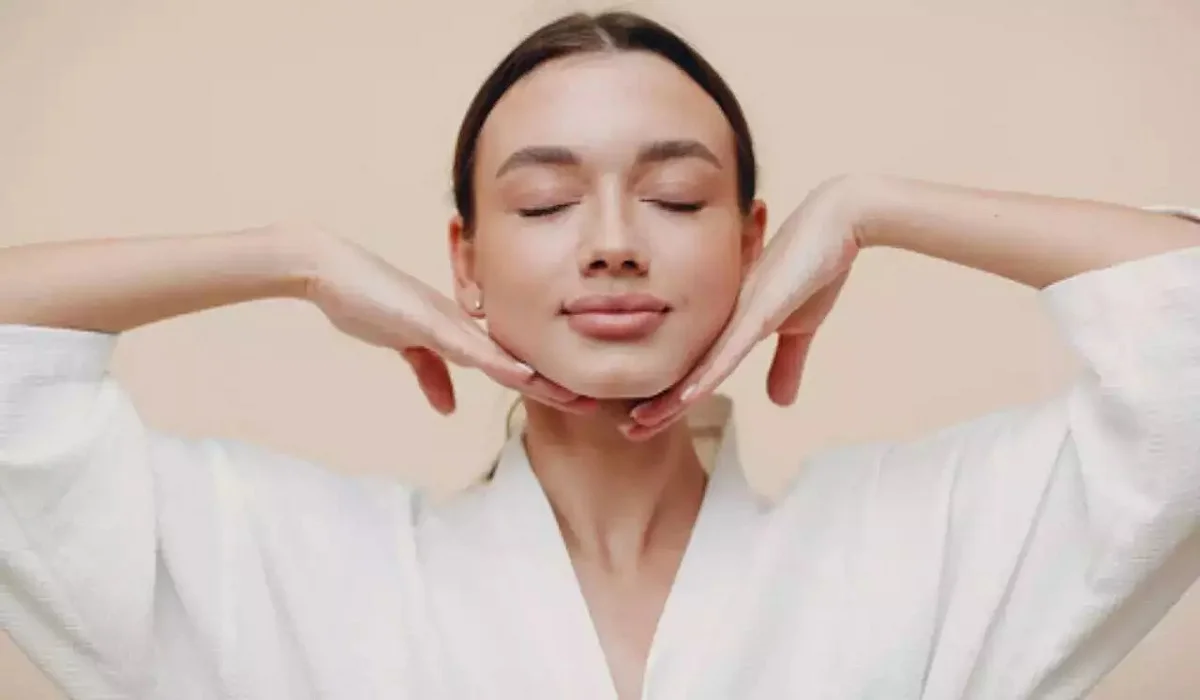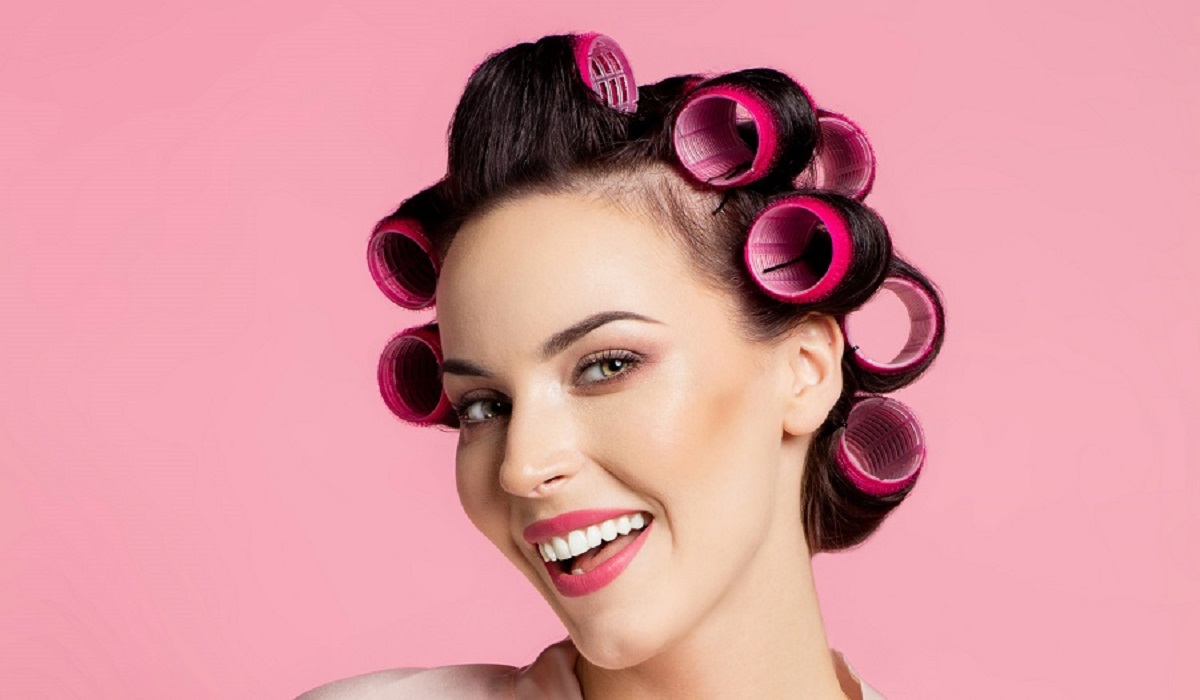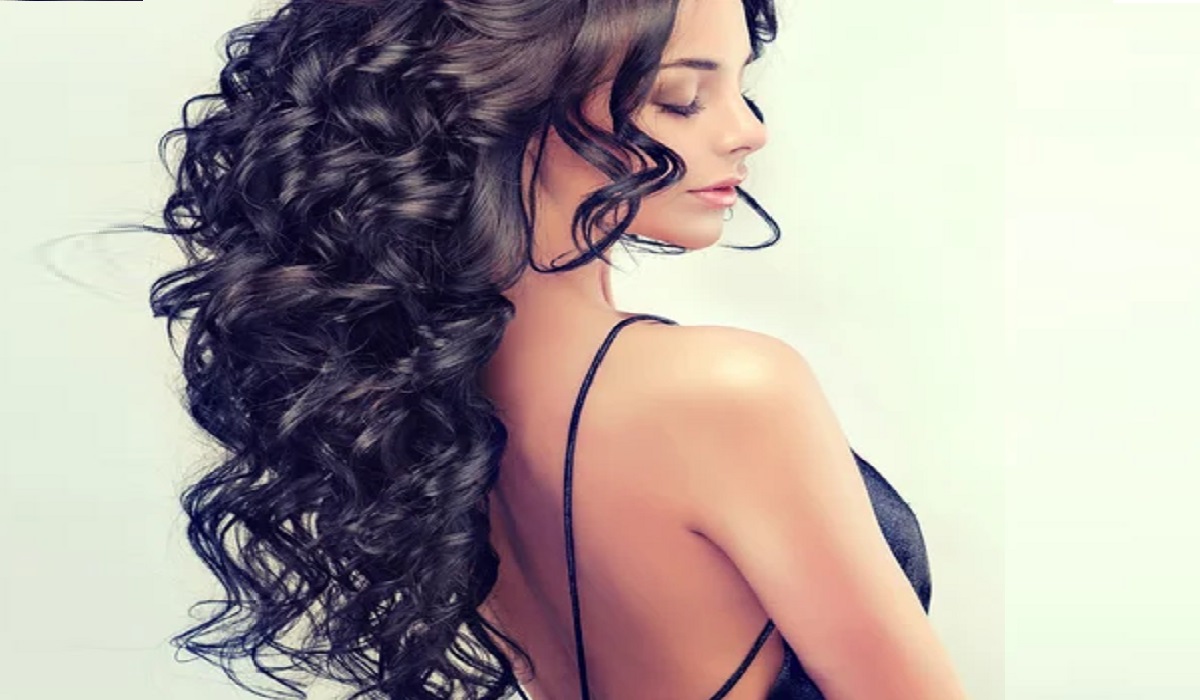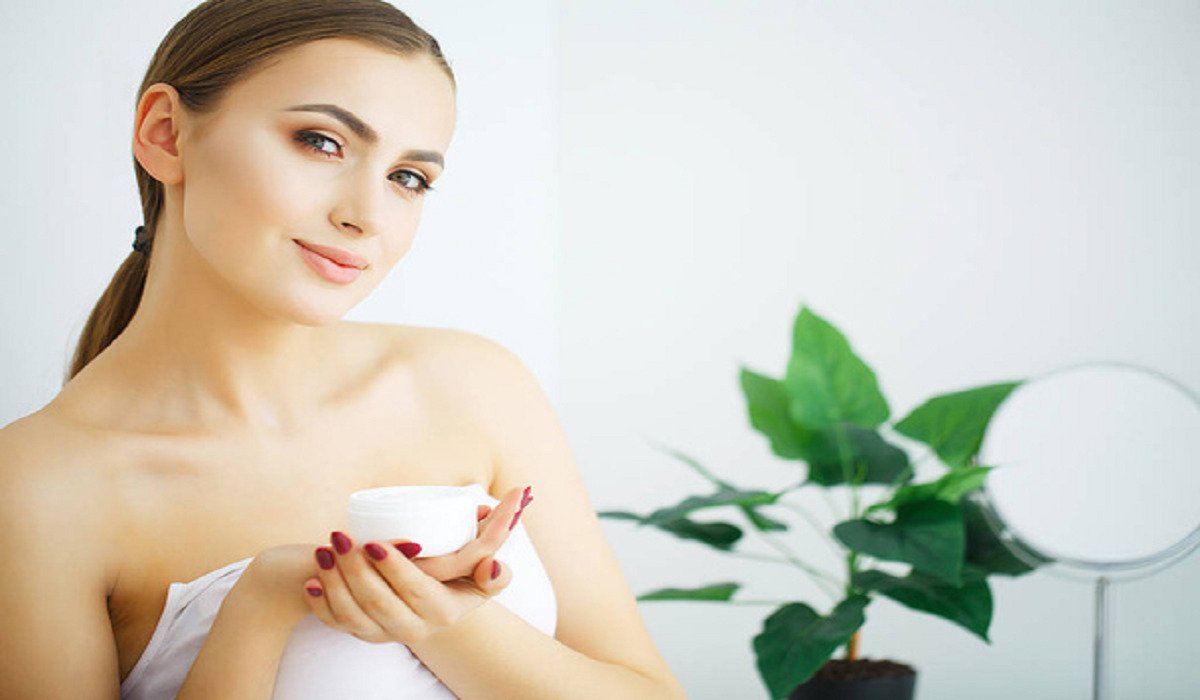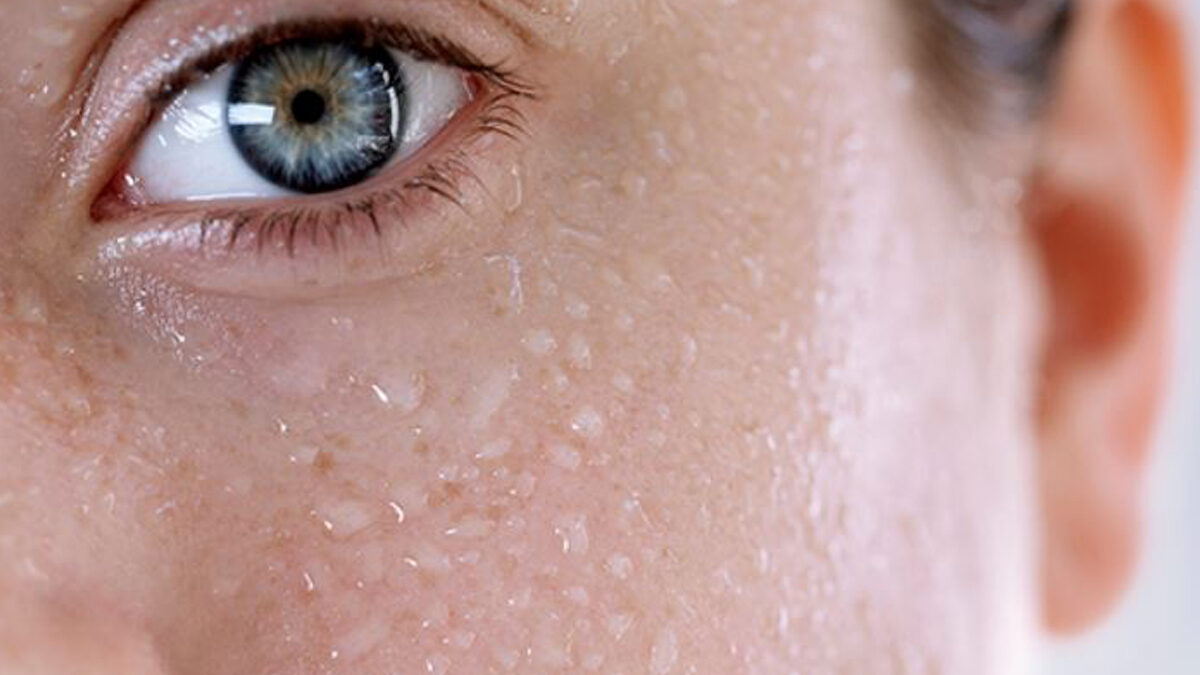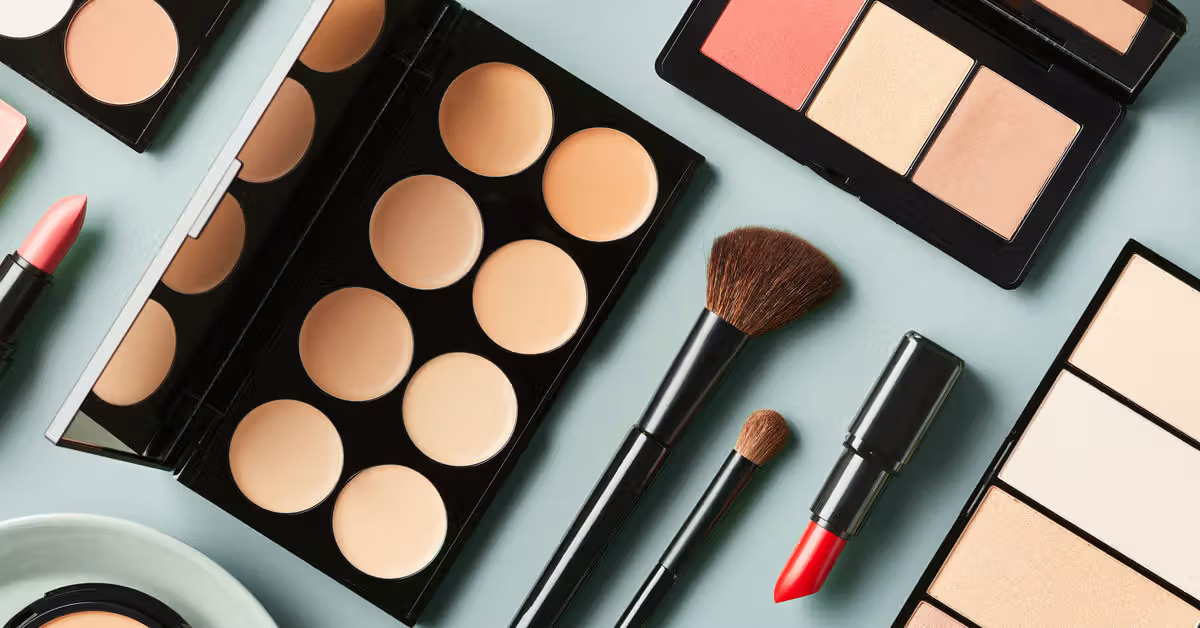February brings not just a change in seasons but also fresh inspiration for hair enthusiasts and stylists around the globe. This month, we’re seeing a blend of nostalgic revivals, innovative techniques, and a strong emphasis on individuality and self-expression. Whether you’re looking to update your look or just curious about the latest trends, this guide will dive deep into the top 25 hair trends capturing attention this February.
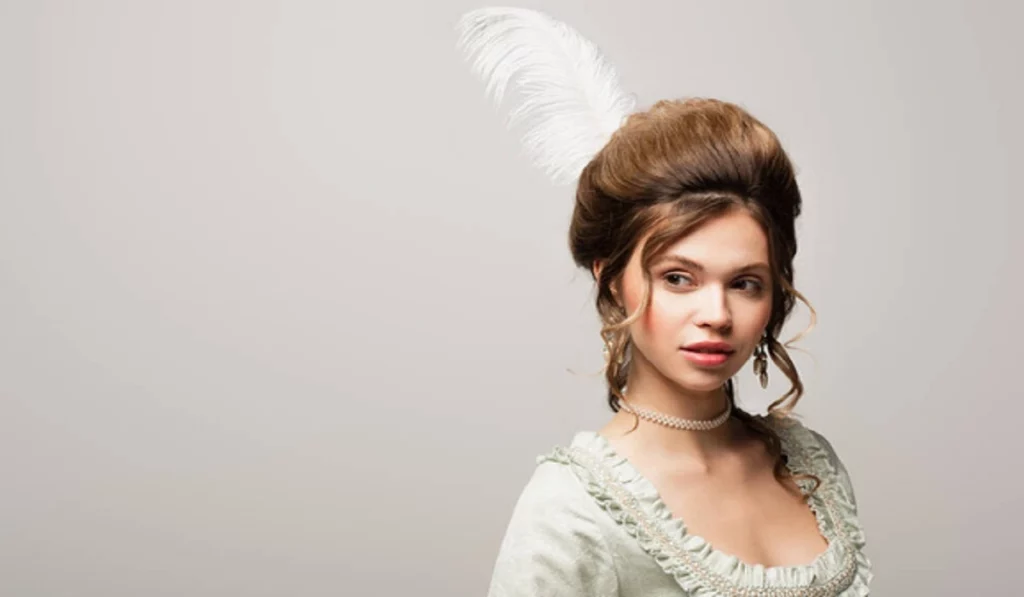
The Rise of Natural Textures
Gone are the days when straight hair dominated the beauty scene. This February, embracing your natural texture is not just a trend; it’s a movement. Curls and coils are celebrated with products and techniques designed to enhance rather than tame. From lightweight leave-in conditioners to defining creams, the market is flooded with options catering to every type of curl.
Bold Color Choices are making a statement this month, with vibrant reds and cool blues leading the charge. The art of color application is evolving, with techniques like balayage and ombre allowing for more personalized expressions of style.
Retro Revival
The past is a treasure trove of inspiration, and this February, the shag cut and bangs are making a powerful comeback. These styles offer a nostalgic yet fresh look, adaptable to various hair types and lengths.
Sustainable Hair Care Practices
Sustainability is more than a buzzword in the beauty industry; it’s a practice being embraced with open arms. This trend extends to hair care, with an increasing number of brands offering eco-friendly products and consumers turning to DIY natural hair masks for a more sustainable routine.
Men’s Hair Trends
Men’s hair trends this February are all about versatility, from the sleek simplicity of the buzz cut to the laid-back vibe of long hair and man buns. There’s a noticeable shift towards more carefree, low-maintenance styles.
Braids and Twists
Braids and twists remain a staple in hair styling, known for their versatility and protective qualities. This month, box braids and faux locs are particularly popular, with new braiding techniques offering a fresh twist on traditional styles.
The Bob Cut: A Timeless Trend
The bob cut proves its timelessness, adapting to modern tastes with variations like the textured bob and the asymmetrical bob. This February, it’s all about finding the bob variation that best suits your personal style and face shape.
Innovative Hair Accessories
Accessories can transform any hairstyle, and this February, it’s all about making a statement. Clips, headbands, and even scarves are being used in creative ways to add a touch of personality to every look.
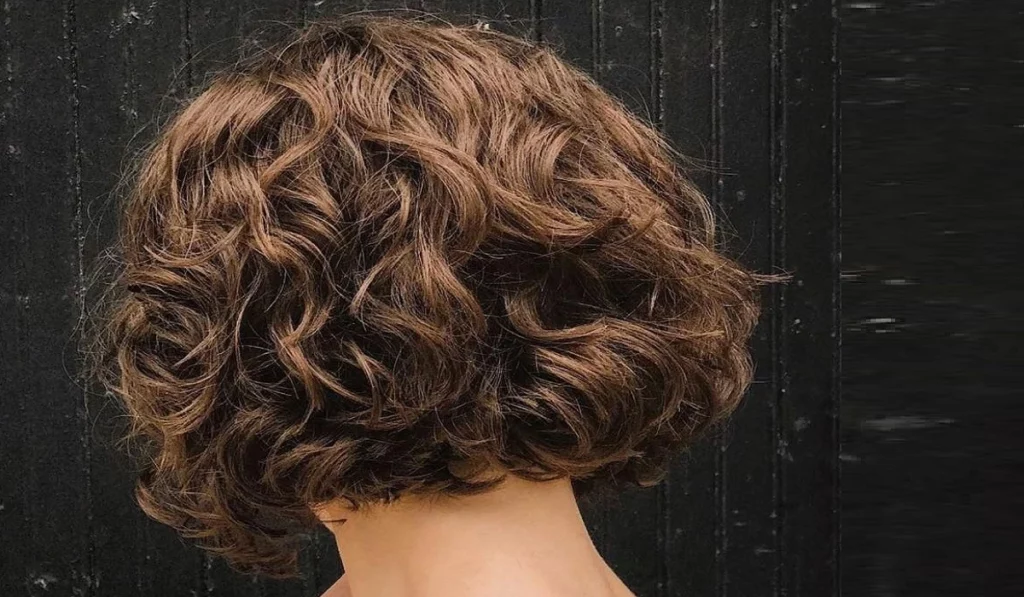
The Wet Look
The sleek, wet hair effect is a trend that bridges the gap between sophistication and edge. Achieving this look requires the right products and techniques, with many turning to gel and pomades for that perfect glossy finish.
Celebrity Hair Inspirations
Celebrities often set the pace for hair trends, and this February is no exception. From the red carpet to Instagram, stars are showcasing a range of looks that are inspiring people to experiment with their own hair.
DIY Hair Color at Home
With the ongoing interest in personalization, many are opting to dye their hair at home. This trend is supported by an array of home coloring kits that promise salon-quality results without the salon price tag.
Technology in Hair Care
The integration of technology into hair care is revolutionizing how we approach hair health and styling. From smart hairbrushes to scalp scanning apps, technology is making it easier to achieve and maintain healthy hair.
Hair Health Focus
The foundation of any great hairstyle is healthy hair. This February, there’s a heightened focus on scalp care and nutritional supplements designed to promote hair growth and strength.
Global Influences on Hair Trends
Hair trends are increasingly global, with styles like K-Pop inspired cuts and African braiding techniques influencing the mainstream. This cross-cultural exchange enriches the hair styling world with diverse and innovative ideas.
Top 25 Hair Trends in February
This section will provide a succinct summary of the hottest hair trends this February, offering a quick reference for anyone looking to stay on top of the latest styles.

